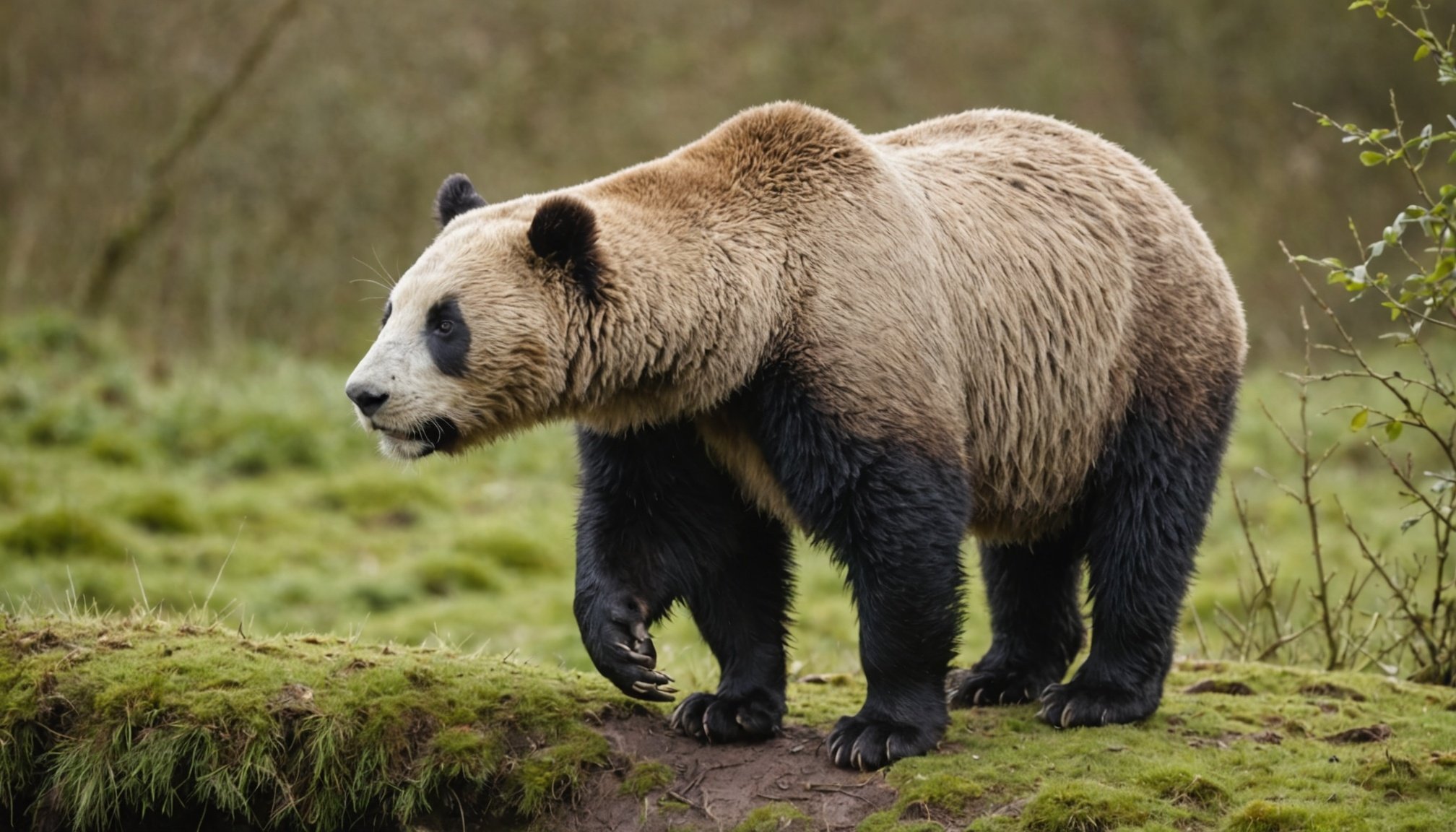The UK is home to a rich array of wildlife, boasting diverse ecosystems that support numerous species. However, many of these animals are now facing the alarming threat of extinction. As we witness the degradation of their habitats due to climate change, urbanization, and pollution, the urgency for effective conservation measures becomes increasingly evident. This article delves into the various strategies that can be implemented to protect endangered species in the UK, emphasizing the importance of biodiversity and the role each of us can play in these efforts. Join us as we explore ways to help preserve the unique wildlife that enriches our natural world.
Understanding Endangered Species and Their Importance
To effectively protect endangered species, it is crucial to understand what defines an endangered species and why their conservation is vital for the health of our planet. In the UK, a species is classified as endangered when its population size has declined significantly, putting it at risk of extinction. The endangered status can be a result of various factors, including habitat loss, illegal hunting, and climate change.
Also to see : How can the UK leverage its cultural heritage to boost tourism sustainably?
Biodiversity is the cornerstone of a healthy ecosystem. Each species plays a unique role in maintaining the balance of nature. For instance, predators help control prey populations, while pollinators are essential for plant reproduction. Losing even a single species can trigger a domino effect, leading to further declines in other species and disrupting entire ecosystems.
In the UK, some of the most threatened species include the Scottish wildcat, the red squirrel, and various species of bat. Protecting these animals is not just about saving them; it also means preserving the intricate webs of life they are part of. Moreover, the loss of wild species can have direct implications for human populations, affecting agriculture, water supply, and even climate regulation.
Additional reading : How can technology support remote learning in primary and secondary education?
Thus, understanding the significance of endangered species is the first step towards implementing effective protection measures. Awareness of their plight can galvanize public interest and support for conservation initiatives, ultimately leading to more robust policies and increased funding for wildlife protection.
Legislative Measures for Wildlife Protection
The UK has established various legislative frameworks aimed at protecting endangered species and their habitats. The Wildlife and Countryside Act 1981 is one of the key pieces of legislation that safeguard species at risk. This act makes it illegal to kill, injure, or take any wild animal listed as protected and provides guidelines on the protection of their breeding and resting sites.
In addition to national laws, international agreements also play a crucial role in wildlife conservation. The Convention on International Trade in Endangered Species of Wild Fauna and Flora (CITES) helps regulate and monitor the international trade of endangered species to prevent exploitation. By adhering to these agreements, the UK demonstrates its commitment to protecting wildlife on a global scale.
However, while legislation is vital, it must be effectively enforced. This means ensuring that there are adequate resources for wildlife protection officers and that they are empowered to act against violations. Community involvement is also essential. Local communities must be educated about the laws protecting wildlife and incentivized to report illegal activities.
Moreover, the establishment of protected areas, such as national parks and nature reserves, serves as a refuge for endangered species. These areas help maintain critical habitats where species can thrive without human interference. Ensuring that these protected spaces are adequately managed and funded is essential for the long-term success of conservation efforts.
Community Engagement and Education
Community involvement is a powerful tool in the battle to protect endangered species. When local populations are engaged in conservation efforts, they become stakeholders in the health of their environment, often leading to innovative solutions for wildlife protection.
Education plays a crucial role in this engagement. By raising awareness about the plight of endangered species, communities can foster a sense of responsibility and action. Schools, organizations, and local governments can run educational campaigns to inform the public about the importance of biodiversity and the specific threats facing local wildlife.
Programs that encourage citizen science, where ordinary people participate in data collection, can also be beneficial. These initiatives allow community members to contribute to research and monitoring of local species, building a deeper connection with their habitats. For instance, monitoring bird populations or participating in beach clean-ups can help residents see the direct impact of their actions on wildlife.
Additionally, local conservation groups can host workshops, nature walks, and volunteer days to encourage public involvement in habitat restoration and protection efforts. By fostering a community culture that values wildlife, we can inspire collective action to combat issues like illegal poaching and habitat destruction.
When communities understand their role in protecting wildlife, they are more likely to advocate for policies that support these efforts. This grassroots involvement is essential for creating lasting change and ensuring that endangered species have a fighting chance.
Innovative Conservation Strategies
As challenges to wildlife conservation evolve, so too must our strategies. Innovative approaches are crucial to ensuring the survival of endangered species in the UK. One such strategy is the use of technology in wildlife monitoring. Drones and camera traps, for instance, allow researchers to gather data on animal populations and their habitats without disturbing them. This technology can provide insights into the behavior and movements of endangered species, informing more effective protection measures.
Another innovative strategy is the establishment of wildlife corridors. These are designated pathways that connect fragmented habitats, allowing animals to move freely between them. This can be particularly important for species that require large territories or specific habitat types to thrive. By facilitating safe passage for wildlife, we can help mitigate the impacts of urbanization and habitat loss.
Restoration ecology is another area where innovation is key. By rehabilitating damaged ecosystems, we can create new habitats for endangered species. This may involve reintroducing native plants, removing invasive species, or even undertaking large-scale landscape changes. The success of these initiatives often relies on community involvement and support, highlighting the interconnectedness of human and environmental health.
Furthermore, partnerships with businesses can enhance conservation efforts. Corporate social responsibility programs often include commitments to reducing environmental footprints and supporting local wildlife initiatives. By aligning the interests of businesses with conservation goals, we can leverage resources and expertise to drive impactful change.
Protecting endangered species in the UK requires a multifaceted approach that includes robust legislation, community engagement, innovative strategies, and continuous public awareness. Each effort we make to safeguard wildlife contributes to the preservation of our natural heritage and the overall health of our ecosystems.
As individuals, you can play a part in conservation by supporting local wildlife initiatives, participating in community education programs, and advocating for policies that protect endangered species. Simple actions, such as reducing waste, supporting sustainable products, and educating others about the importance of biodiversity, can collectively make a significant impact.
The fight to protect endangered species is not merely about saving animals; it is about preserving the intricate web of life on which all of us depend. By working together, we can ensure that future generations inherit a world rich in wildlife and biodiversity. Let us commit to being stewards of our environment, protecting the habitats that sustain both endangered species and ourselves.











